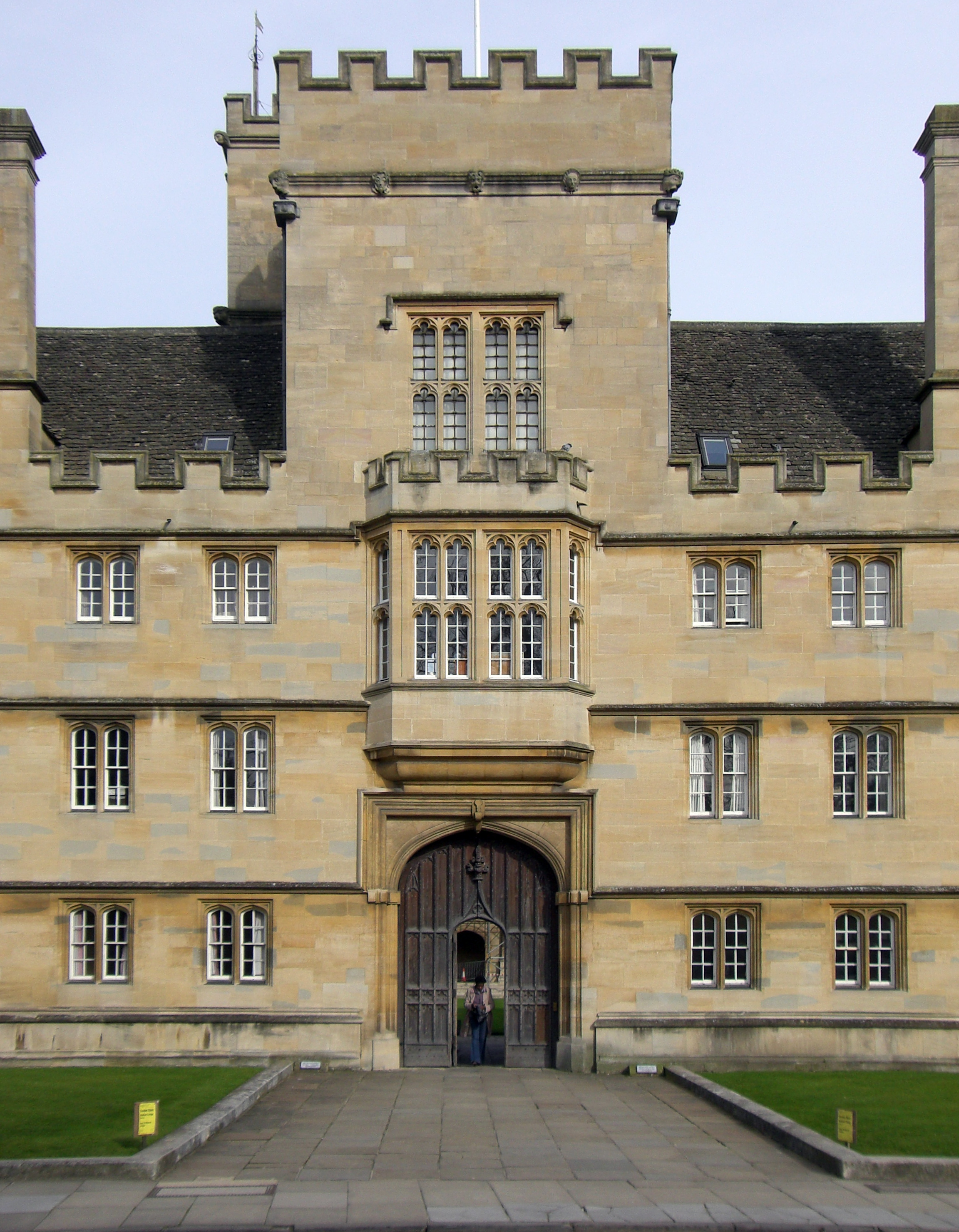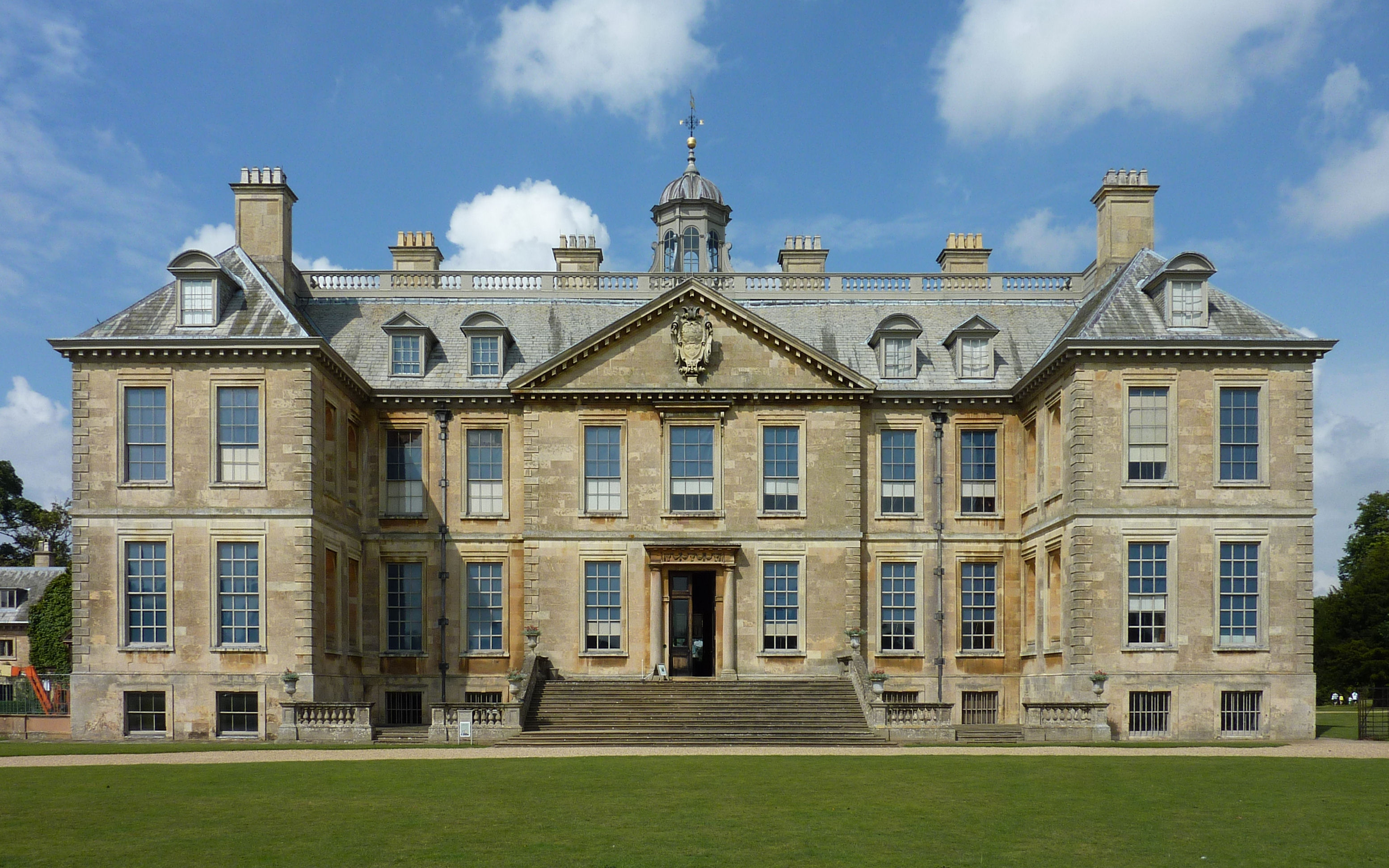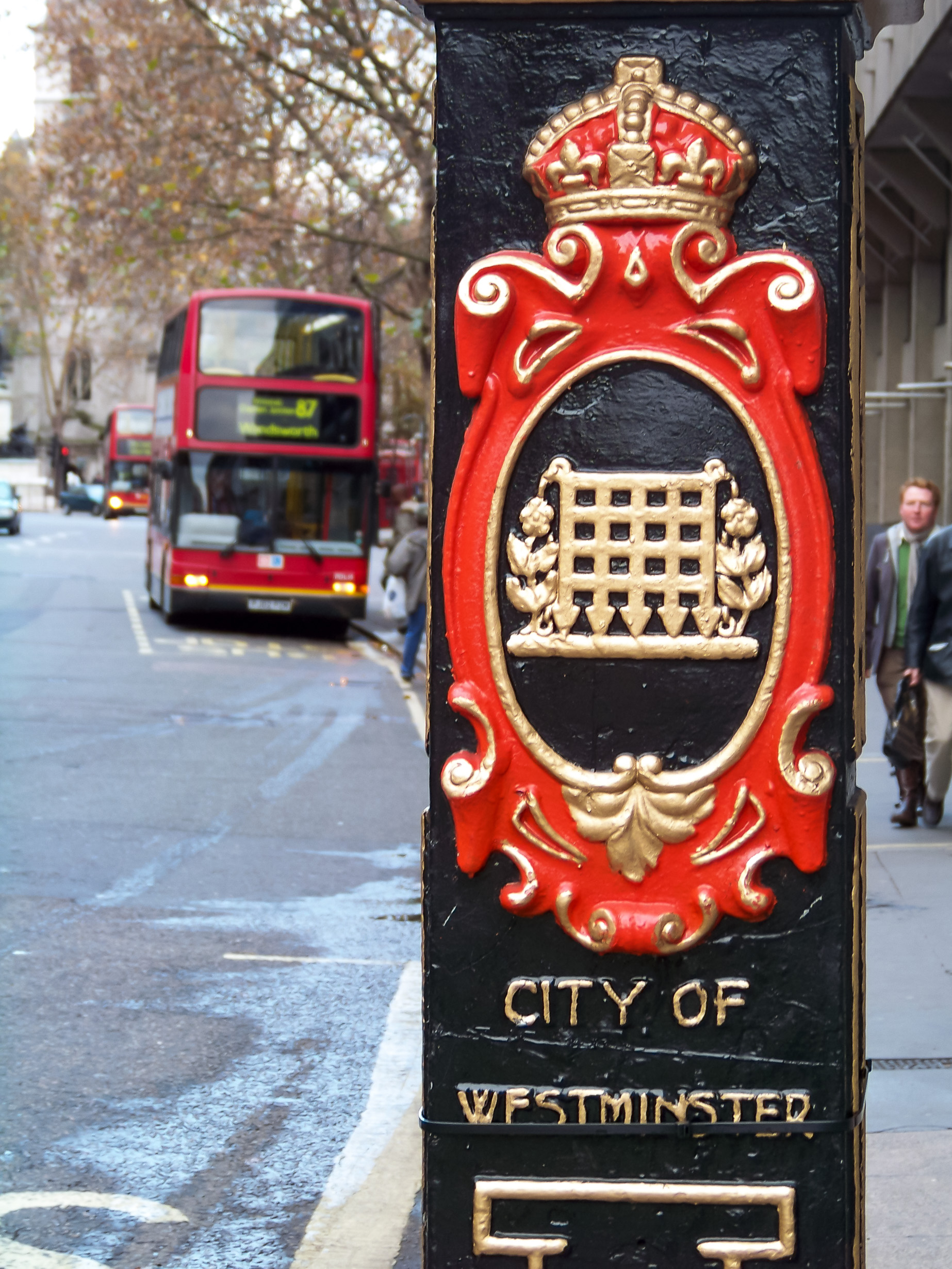|
Sir Roger Pratt
Sir Roger Pratt (1620 – 20 February 1684) was an English gentleman-architect of the 17th century. He designed only five known buildings, but was highly influential, establishing a particularly English type of house, which was widely imitated. He drew on a range of European influences, and also on the work of Inigo Jones, England's first classical architect. Pratt also served on official commissions, and in 1668 was the first English architect to be knighted for his services. Early life Pratt was born to a landed Norfolk family, although he was baptised at Marsworth, Buckinghamshire, on 2 November 1620.Gunther, pp.2–3 He was educated at Magdalen College, Oxford, from 1637, and in 1639 was admitted to the Inner Temple, London. The following year he inherited his father's property in Ryston, Norfolk, but opted to leave the country to avoid the English Civil War, which broke out in 1642. Departing England in April 1643, he travelled in France, Italy, Flanders and Holland, ... [...More Info...] [...Related Items...] OR: [Wikipedia] [Google] [Baidu] |
Marsworth
Marsworth is a village and a civil parish within the unitary authority area of Buckinghamshire, England. It is about north of Tring, Hertfordshire and east of Aylesbury. Early history The village name is Anglo Saxon in origin, ''Mæssanwyrth'', and means 'Mæssa's enclosure'. Marsworth is first mentioned in the will of Aelfgyfu (before 975) as granted to Edgar of England who in turn passed it to St Etheldreda's Church in London (belonging to the Bishops of Ely), and later passed into the hands of Brictric, a thegn of Edward the Confessor. After the Norman Conquest Marsworth (''Missevorde'') is recorded in the Domesday Book of 1086 as being in the possession of Robert D'Oyly and was connected to Wallingford, an association which continued into the 17th century. The tenants at this time were the Bassett family and the land was split between six sisters, and through their line the estates passed to the Goldingtons, at which time the manor becomes recorded as Marsworth with G ... [...More Info...] [...Related Items...] OR: [Wikipedia] [Google] [Baidu] |
Coleshill Gate
{{geodis ...
Coleshill may refer to: England * Coleshill, Warwickshire, a town * Coleshill, Buckinghamshire, a village and civil parish * Coleshill, Oxfordshire, a village and civil parish (formerly Berkshire) **nearby Coleshill House, destroyed "best Jonesian mid C17 house in England". Wales * Coleshill, Flintshire, a historic administrative subdivision of Flintshire See also * Cole's Hill, an historical landmark in Plymouth, Massachusetts, US * Coal Hill (other) Coal Hill may refer to: * Coal Hill, Arkansas * Coal Hill, Ohio * A hill located in Jingshan Park to the north of the Forbidden City in Beijing * Coal Hill in McCone County, Montana * Coal Hill Coal Railroad The Coal Hill Coal Railroad began as a ... [...More Info...] [...Related Items...] OR: [Wikipedia] [Google] [Baidu] |
Great Fire Of London
The Great Fire of London was a major conflagration that swept through central London from Sunday 2 September to Thursday 6 September 1666, gutting the medieval City of London inside the old Roman city wall, while also extending past the wall to the west. The death toll is generally thought to have been relatively small, although some historians have challenged this belief. The fire started in a bakery in Pudding Lane shortly after midnight on Sunday 2 September, and spread rapidly. The use of the major firefighting technique of the time, the creation of firebreaks by means of removing structures in the fire's path, was critically delayed due to the indecisiveness of the Lord Mayor, Sir Thomas Bloodworth. By the time large-scale demolitions were ordered on Sunday night, the wind had already fanned the bakery fire into a firestorm which defeated such measures. The fire pushed north on Monday into the heart of the City. Order in the streets broke down as rumours arose ... [...More Info...] [...Related Items...] OR: [Wikipedia] [Google] [Baidu] |
Christopher Wren
Sir Christopher Wren PRS FRS (; – ) was one of the most highly acclaimed English architects in history, as well as an anatomist, astronomer, geometer, and mathematician-physicist. He was accorded responsibility for rebuilding 52 churches in the City of London after the Great Fire in 1666, including what is regarded as his masterpiece, St Paul's Cathedral, on Ludgate Hill, completed in 1710. The principal creative responsibility for a number of the churches is now more commonly attributed to others in his office, especially Nicholas Hawksmoor. Other notable buildings by Wren include the Royal Hospital Chelsea, the Old Royal Naval College, Greenwich, and the south front of Hampton Court Palace. Educated in Latin and Aristotelian physics at the University of Oxford, Wren was a founder of the Royal Society and served as its president from 1680 to 1682. His scientific work was highly regarded by Isaac Newton and Blaise Pascal. Life and works Wren was born in Eas ... [...More Info...] [...Related Items...] OR: [Wikipedia] [Google] [Baidu] |
Old St Paul's Cathedral
Old St Paul's Cathedral was the cathedral of the City of London that, until the Great Fire of 1666, stood on the site of the present St Paul's Cathedral. Built from 1087 to 1314 and dedicated to Saint Paul, the cathedral was perhaps the fourth church at Ludgate Hill. Work on the cathedral began after a fire in 1087. Work took more than 200 years, and was delayed by another fire in 1135. The church was consecrated in 1240, enlarged in 1256 and again in the early 14th century. At its completion in the mid-14th century, the cathedral was one of the longest churches in the world, had one of the tallest spires and some of the finest stained glass. The presence of the shrine of Saint Erkenwald made the cathedral a site of pilgrimage.Milman, 22. In addition to serving as the seat of the Diocese of London, the building developed a reputation as a social hub, with the nave aisle, " Paul's walk", known as a business centre and a place to hear the gossip on the London grapevine. Af ... [...More Info...] [...Related Items...] OR: [Wikipedia] [Google] [Baidu] |
John Soane
Sir John Soane (; né Soan; 10 September 1753 – 20 January 1837) was an English architect who specialised in the Neo-Classical style. The son of a bricklayer, he rose to the top of his profession, becoming professor of architecture at the Royal Academy and an official architect to the Office of Works. He received a knighthood in 1831. His best-known work was the Bank of England (his work there is largely destroyed), a building which had a widespread effect on commercial architecture. He also designed Dulwich Picture Gallery, which, with its top-lit galleries, was a major influence on the planning of subsequent art galleries and museums. His main legacy is the eponymous museum in Lincoln's Inn Fields in his former home and office, designed to display the art works and architectural artefacts that he collected during his lifetime. The museum is described in the ''Oxford Dictionary of Architecture'' as "one of the most complex, intricate, and ingenious series of interiors ... [...More Info...] [...Related Items...] OR: [Wikipedia] [Google] [Baidu] |
Charles Barry
Sir Charles Barry (23 May 1795 – 12 May 1860) was a British architect, best known for his role in the rebuilding of the Palace of Westminster (also known as the Houses of Parliament) in London during the mid-19th century, but also responsible for numerous other buildings and gardens. He is known for his major contribution to the use of Italianate architecture in Britain, especially the use of the Palazzo as basis for the design of country houses, city mansions and public buildings. He also developed the Italian Renaissance garden style for the many gardens he designed around country houses.Bisgrove, p. 179 Background and training Born on 23 May 1795Barry p. 4 in Bridge Street, Westminster (opposite the future site of the Clock Tower of the Palace of Westminster), he was the fourth son of Walter Edward Barry (died 1805), a stationer, and Frances Barry ''née'' Maybank (died 1798). He was baptised at St Margaret's, Westminster, into the Church of England, of which he wa ... [...More Info...] [...Related Items...] OR: [Wikipedia] [Google] [Baidu] |
Ryston Hall
Ryston Hall, Ryston, Norfolk, England is a 17th-century country house built by Sir Roger Pratt for himself. The house was constructed between 1669 and 1672 in the Carolean style. In the late 18th century, John Soane made alterations to the house, and further work on the building was carried out by Anthony Salvin in the mid-19th century. Ryston Hall is a Grade II* listed building. History The Pratts had owned land in the neighborhood of Ryston since the mid-16th century. Roger Pratt was born in 1620 and educated at Magdalen College, Oxford and at the Inner Temple, although he never practised law. In his youth he travelled extensively in Europe to avoid the English Civil war. His travelling influenced his subsequent career; he later offered advice to those unable to design their own houses; " etsome ingenious gentleman who has seen much of that kind abroad and been somewhat versed in the best authors of Architecture; viz. Palladio, Scamozzi, Serlio etc. to do it for you". Another ... [...More Info...] [...Related Items...] OR: [Wikipedia] [Google] [Baidu] |
Belton House
Belton House is a Grade I listed country house in the parish of Belton near Grantham in Lincolnshire, England, built between 1685 and 1688 by Sir John Brownlow, 3rd Baronet. It is surrounded by formal gardens and a series of avenues leading to follies within a larger wooded park. Belton has been described as a compilation of all that is finest of Carolean architecture, the only truly vernacular style of architecture that England had produced since the Tudor period.Nicolson, 148. It is considered to be a complete example of a typical English country house. For about three centuries until 1984, Belton House was the seat successively of the Brownlow family, which had first acquired land in the area in the late 16th century, and of its heirs the Cust family (in 1815 created Earl Brownlow). Despite his great wealth Sir John Brownlow, 3rd Baronet, chose to build a comparatively modest house rather than one of the grand Baroque palaces being built by others at the time. The conte ... [...More Info...] [...Related Items...] OR: [Wikipedia] [Google] [Baidu] |
City Of Westminster
The City of Westminster is a city and borough in Inner London. It is the site of the United Kingdom's Houses of Parliament and much of the British government. It occupies a large area of central Greater London, including most of the West End. Many London landmarks are within the borough, including Buckingham Palace, Westminster Abbey, Whitehall, Westminster Cathedral, 10 Downing Street, and Trafalgar Square. Westminster became a city in 1540, and historically, it was a part of the ceremonial county of Middlesex. Its southern boundary is the River Thames. To the City of Westminster's east is the City of London and to its west is the Royal Borough of Kensington and Chelsea. To its north is the London Borough of Camden. The borough is divided into a number of localities including the ancient political district of Westminster; the shopping areas around Oxford Street, Regent Street, Piccadilly and Bond Street; and the night-time entertainment district of Soho. Much ... [...More Info...] [...Related Items...] OR: [Wikipedia] [Google] [Baidu] |
Piccadilly
Piccadilly () is a road in the City of Westminster, London, to the south of Mayfair, between Hyde Park Corner in the west and Piccadilly Circus in the east. It is part of the A4 road that connects central London to Hammersmith, Earl's Court, Heathrow Airport and the M4 motorway westward. St James's is to the south of the eastern section, while the western section is built up only on the northern side. Piccadilly is just under in length, and it is one of the widest and straightest streets in central London. The street has been a main thoroughfare since at least medieval times, and in the Middle Ages was known as "the road to Reading" or "the way from Colnbrook". Around 1611 or 1612, a Robert Baker acquired land in the area, and prospered by making and selling piccadills. Shortly after purchasing the land, he enclosed it and erected several dwellings, including his home, Pikadilly Hall. What is now Piccadilly was named Portugal Street in 1663 after Catherine of Bragan ... [...More Info...] [...Related Items...] OR: [Wikipedia] [Google] [Baidu] |
Edward Hyde, 1st Earl Of Clarendon
Edward Hyde, 1st Earl of Clarendon (18 February 16099 December 1674), was an English statesman, lawyer, diplomat and historian who served as chief advisor to Charles I during the First English Civil War, and Lord Chancellor to Charles II from 1660 to 1667. Hyde largely avoided involvement in the political disputes of the 1630s until elected to the Long Parliament in November 1640. Like many moderates, he felt attempts by Charles to rule without Parliament had gone too far but by 1642 felt its leaders were, in turn, seeking too much power. A devout believer in an Episcopalian Church of England, his opposition to Puritan attempts to reform it drove much of his policy over the next two decades. He joined Charles in York shortly before the First English Civil War began in August 1642, and initially served as his senior political advisor. However, as the war turned against the Royalists, his rejection of attempts to build alliances with Scots Covenanters or Irish Catholics led ... [...More Info...] [...Related Items...] OR: [Wikipedia] [Google] [Baidu] |









